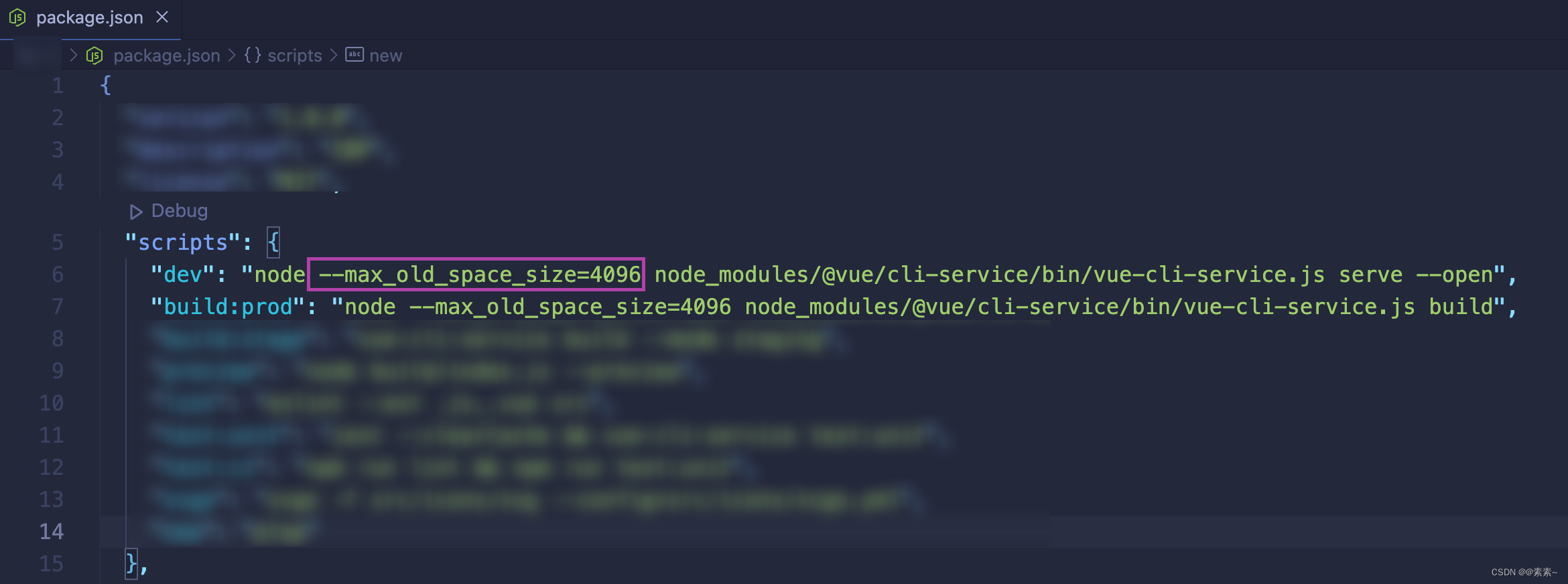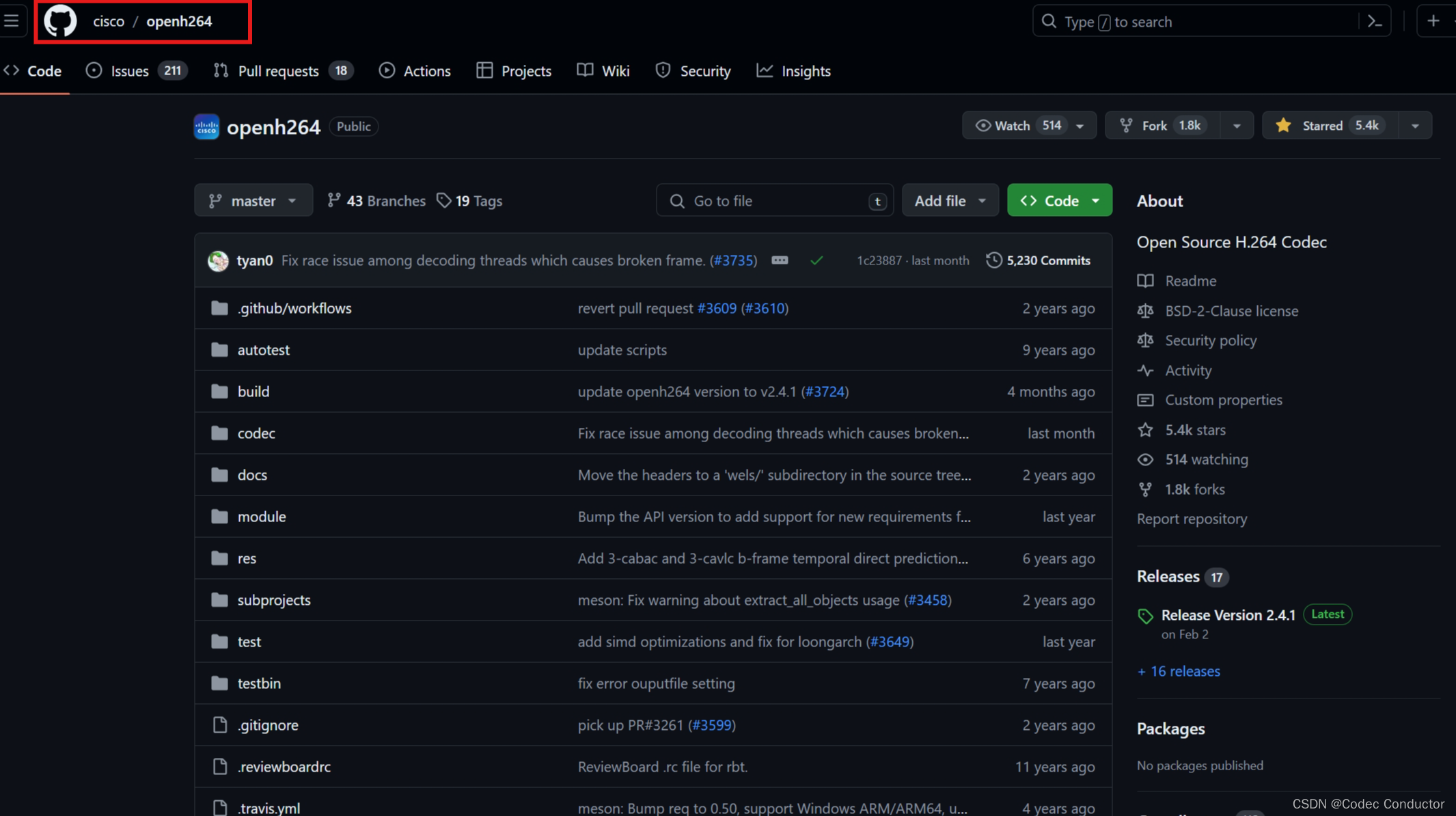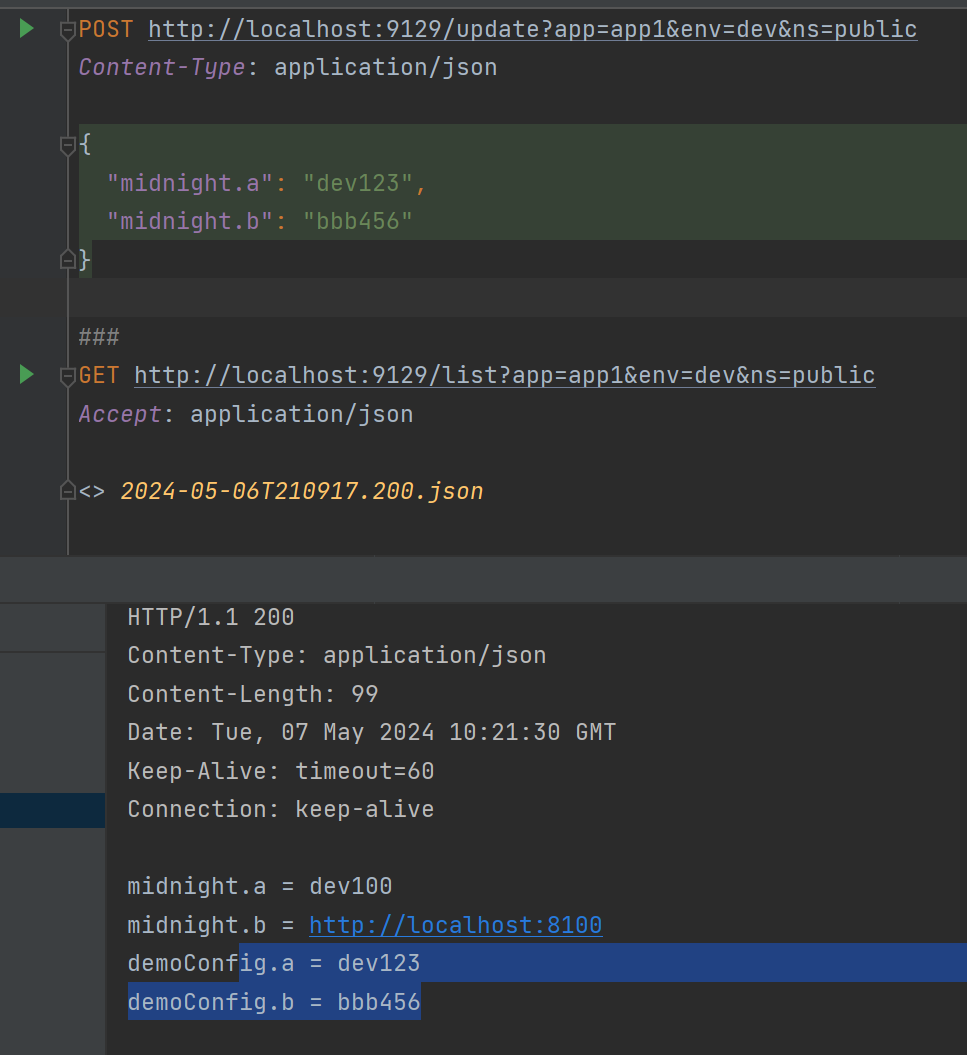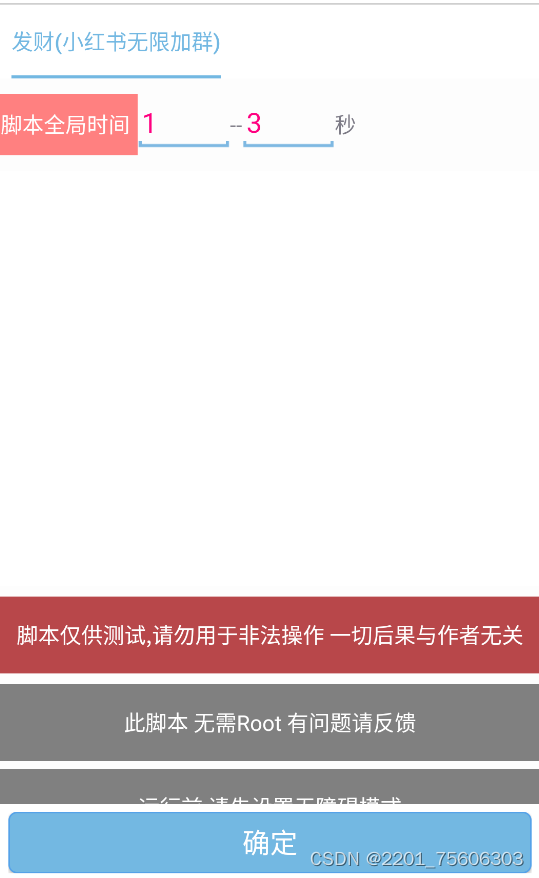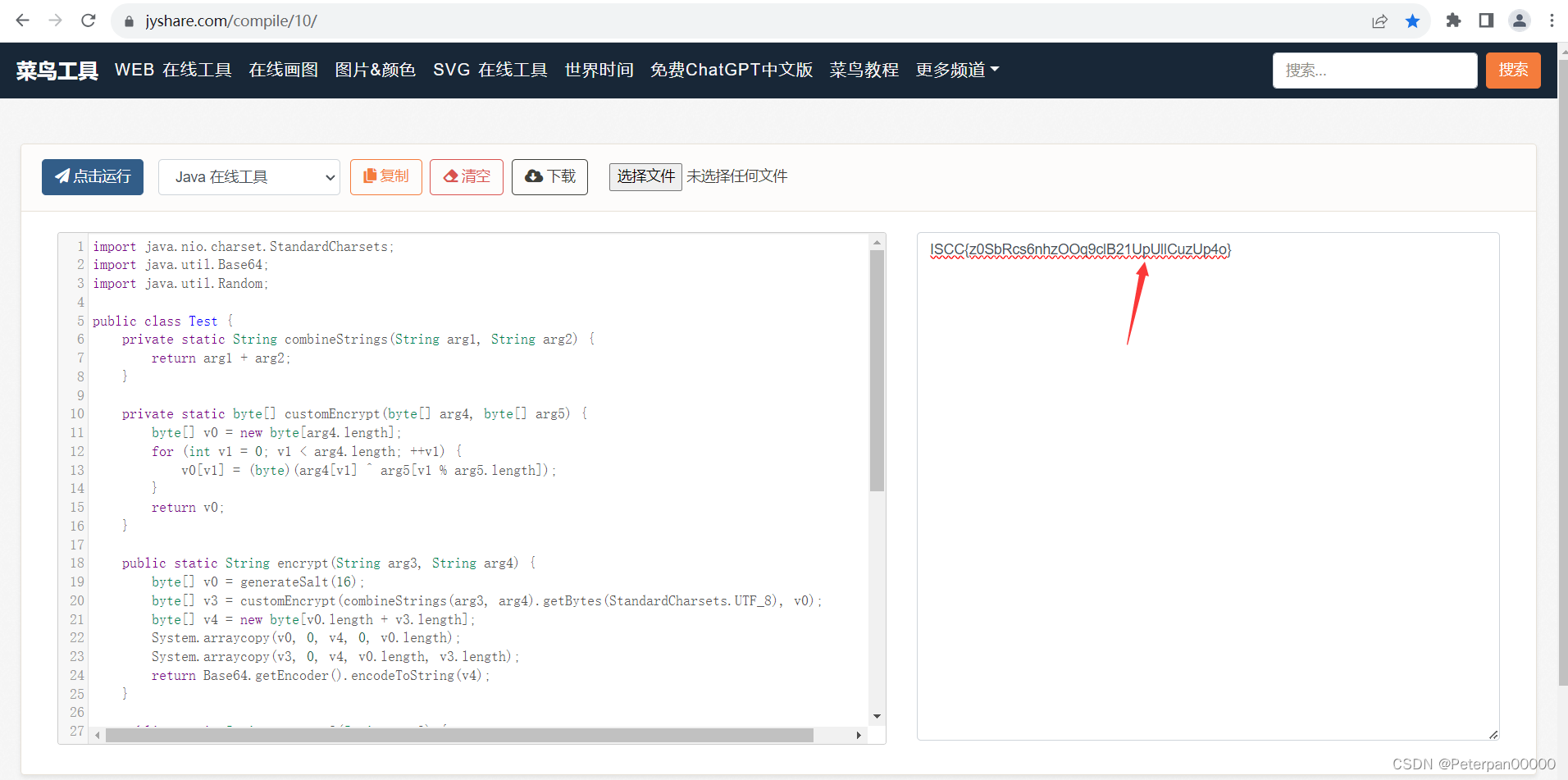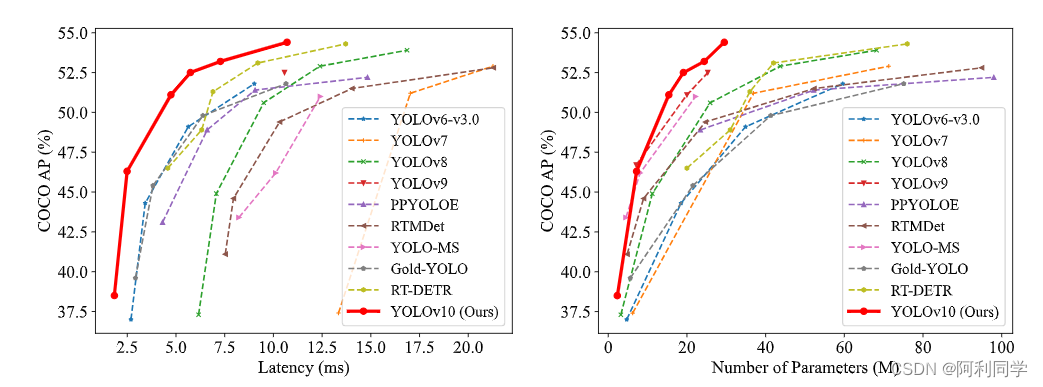一 线程池
1.1为什么要有线程池?
线程池顾名思义是由多个线程所组成,作用就是减少线程的建立与销毁,与数据库连接池相同概念,为了减少连接与释放,从而降低消耗提升效率。
1.2 线程池的优势
总体来说,线程池有如下的优势:
-
降低资源消耗。通过重复利用已创建的线程降低线程创建和销毁造成的消耗。
-
提高响应速度。当任务到达时,任务可以不需要等到线程创建就能立即执行。
-
提高线程的可管理性。线程是稀缺资源,如果无限制的创建,不仅会消耗系统资源,还会降低系统的稳定性,使用线程池可以进行统一的分配,调优和监控。
1.3 线程池的创建
在JAVA的标准库中,通过Executor框架的工具类Executors来创建线程池。Executors 创建线程池的几种方式:
- newFixedThreadPool: 创建固定线程数的线程池;
- newCachedThreadPool: 创建线程数目动态增长的线程池;
- newSingleThreadExecutor: 创建只包含单个线程的线程池;
- newScheduledThreadPool: 设定 延迟时间后执行命令,或者定期执行命令。
package PoolThread;
import java.util.concurrent.Executor;
import java.util.concurrent.ExecutorService;
import java.util.concurrent.Executors;
/**
* @author Zhang
* @date 2024/5/1119:48
* @Description:
*/
public class Test {
public static void main(String[] args) {
ExecutorService service = Executors.newCachedThreadPool(); //此时构造出的线程池对象,有一个基本的特点:线程数目是能够自适应的
ExecutorService service1 = Executors.newFixedThreadPool(4); //创造线程的数目是固定的
ExecutorService service2 = Executors.newSingleThreadExecutor(); //只有一个线程的线程池
ExecutorService service3 = Executors.newScheduledThreadPool(500); //设定 延迟时间后执行命令,或者定期执行命令
service1.submit(new Runnable() {
@Override
public void run() {
System.out.println("Hello World");
}
});
}
}
注意:Executors 本质上是 ThreadPoolExecutor 类的封装。ThreadPoolExecutor 提供了更多的可选参数, 可以进一步细化线程池行为的设定,我们将后续介绍

二、 通过ThreadPoolExecutor创建线程池
2.1 其构造方法有如下4种
public ThreadPoolExecutor(int corePoolSize,
int maximumPoolSize,
long keepAliveTime,
TimeUnit unit,
BlockingQueue<Runnable> workQueue) {
this(corePoolSize, maximumPoolSize, keepAliveTime, unit, workQueue,
Executors.defaultThreadFactory(), defaultHandler);
}
public ThreadPoolExecutor(int corePoolSize,
int maximumPoolSize,
long keepAliveTime,
TimeUnit unit,
BlockingQueue<Runnable> workQueue,
ThreadFactory threadFactory) {
this(corePoolSize, maximumPoolSize, keepAliveTime, unit, workQueue,
threadFactory, defaultHandler);
}
public ThreadPoolExecutor(int corePoolSize,
int maximumPoolSize,
long keepAliveTime,
TimeUnit unit,
BlockingQueue<Runnable> workQueue,
RejectedExecutionHandler handler) {
this(corePoolSize, maximumPoolSize, keepAliveTime, unit, workQueue,
Executors.defaultThreadFactory(), handler);
}
-----------------------------------------------------
我们主要看第四个方法,因为其他几个构造方法都是调用这个。
//4.
/**
* 用给定的初始参数创建一个新的ThreadPoolExecutor。
*/
public ThreadPoolExecutor(int corePoolSize,//线程池的核心线程数量
int maximumPoolSize,//线程池的最大线程数
long keepAliveTime,//当线程数大于核心线程数时,多余的空闲线程存活的最长时间
TimeUnit unit,//时间单位
BlockingQueue<Runnable> workQueue,//任务队列,用来储存等待执行任务的队列
ThreadFactory threadFactory,//线程工厂,用来创建线程,一般默认即可
RejectedExecutionHandler handler//拒绝策略,当提交的任务过多而不能及时处理时,我们可以定制策略来处理任务
) {
if (corePoolSize < 0 ||
maximumPoolSize <= 0 ||
maximumPoolSize < corePoolSize ||
keepAliveTime < 0)
throw new IllegalArgumentException();
if (workQueue == null || threadFactory == null || handler == null)
throw new NullPointerException();
this.corePoolSize = corePoolSize;
this.maximumPoolSize = maximumPoolSize;
this.workQueue = workQueue;
this.keepAliveTime = unit.toNanos(keepAliveTime);
this.threadFactory = threadFactory;
this.handler = handler;
}
ThreadPoolExecutor中的参数说明:
- corePoolSize:核心线程数maximumPoolSize:最大线程数,任务队列存放的任务达到队列容量的时候,同时运行的最大线程数量。
- workQueue:新的任务进来的时候,先判断当前运行的线程数是否大于或者核心线程数,如果达到,则会被放入队列中。
- keepAliveTime:线程池中的线程数量>核心线程数,如果这时未有新任务提交,非核心线程不会立即销毁,而是会等待,直到等待时间超过了keepAliveTime才会被回收。
- unit:keepAliveTime 参数的时间单位。
- threadFactory:线程工厂 用来创建线程,一般默认即可。
- handler:拒绝策略,如果当前的线程数已经达到最大线程数,并且队列中也被放满了任务,则需要执行拒绝策略。
ThreadPoolExecutor.AbortPlicy:抛出异常,默认策略。ThreadPoolExecutor.DiscardPolicy:直接丢弃任务,但不抛出异常。
ThreadPoolExecutor.DsicardOldestPolicy:丢弃最早的任务,将新任务加入队列。
ThreadPoolExecutor.CallerRunsPolicy:由线程池所在的的线程处理任务,自己处理自己的。
2.2 使用ThreadPoolExecutor正确创建线程池
static ThreadFactory factory = new ThreadFactoryBuilder().setNameFormat("创建线程").build();
static ThreadPoolExecutor executor = new ThreadPoolExecutor(10, 20, 60, TimeUnit.SECONDS,
new ArrayBlockingQueue<>(30), factory, new ThreadPoolExecutor.AbortPolicy());
public static class MyThread implements Runnable {
@Override
public void run() {
System.out.println("创建线程成功");
}
}
public static void main(String[] args){
MyThread myThread = new MyThread();
executor.submit(myThread);
}
其中,调用线程执行有两个方法,submit和execute:
- submit的作用是可以通过return获取返回值;
- execute是无返回值的。
三、自己实现一个线程
实现过程:
- 核心操作为 submit, 将任务加入线程池中;
- 使用 Worker 类描述一个工作线,使用 Runnable 描述一个任务;
- 使用一个 BlockingQueue 组织所有的任务;
- 每个 worker 线程要做的事情: 不停的从 BlockingQueue 中取任务并执行;
- 指定一下线程池中的最大线程数 maxWorkerCount; 当当前线程数超过这个最大值时, 就不再新增线程了。
相关实例实现代码:
package PoolThread;
import java.util.concurrent.ArrayBlockingQueue;
import java.util.concurrent.BlockingDeque;
/**
* @author Zhang
* @date 2024/5/1120:28
* @Description:
*/
class MyThreadPool{
//任务队列
private ArrayBlockingQueue<Runnable> queue = new ArrayBlockingQueue<Runnable>(1000);
//通过这个方法,把任务添加到队列中
public void submit(Runnable runnable) throws InterruptedException {
//阻塞等待
queue.put(runnable);
}
public MyThreadPool(int n){
//创建n个线程,负责执行上述队列的任务
for (int i = 0; i < n; i++) {
Thread t = new Thread(()->{
try {
//让这个线程,从队列中消除任,并进行执行
Runnable runnable = queue.take();
runnable.run();
} catch (InterruptedException e) {
throw new RuntimeException(e);
}
});
t.start();
}
}
}
public class Test2 {
public static void main(String[] args) throws InterruptedException {
MyThreadPool myThreadPool = new MyThreadPool(4);
for (int i = 0; i < 1000; i++) {
int id = i;
myThreadPool.submit(new Runnable() {
@Override
public void run() {
System.out.println("执行任务"+ id);
}
});
}
}
}



